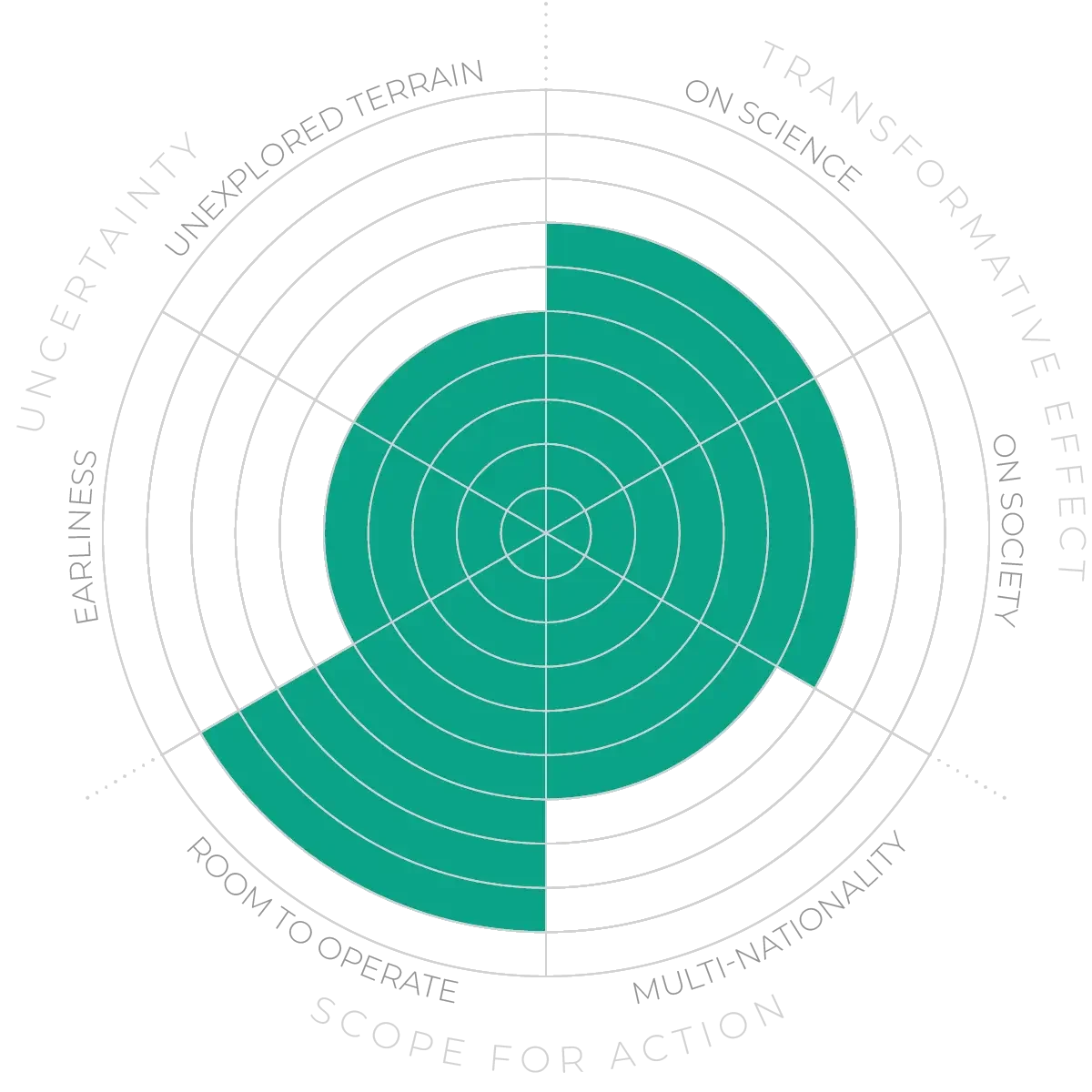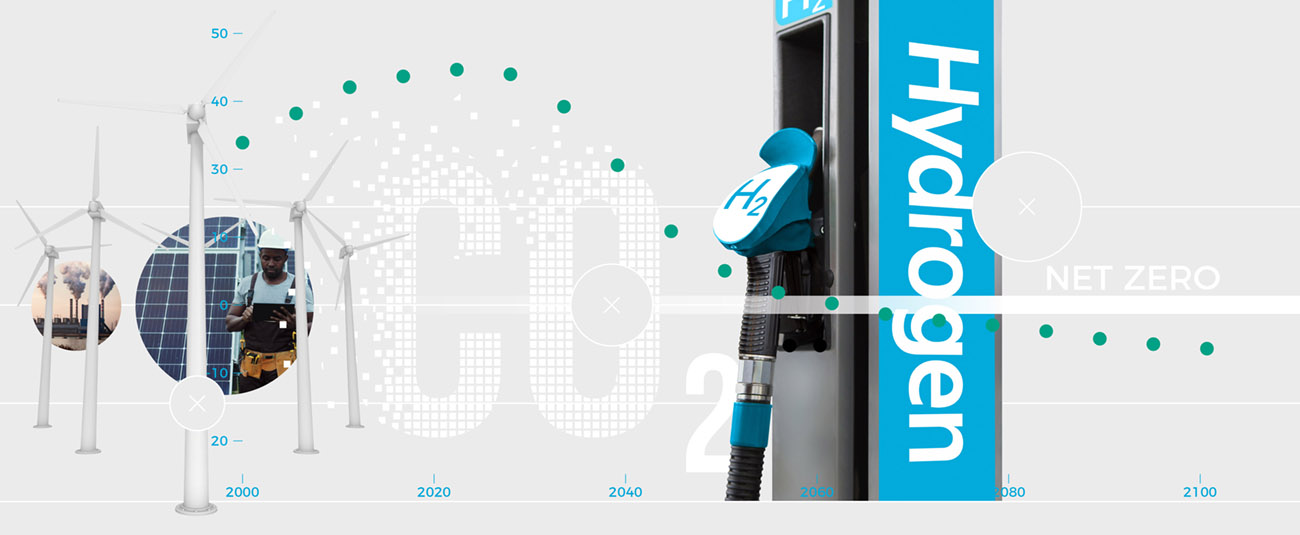Future Horizons:
10-yearhorizon
Bioprocessing cuts food waste emissions
25-yearhorizon
Industrial processes achieve significant carbon emission reduction
In steel manufacture, carbon is typically used to transform iron ore into iron, but newer “direct reduction” processes use hydrogen.19 There is potential to use “oxyfuel” — air with most of the nitrogen removed —to create emissions that are easier to capture. This may help cut emissions from cement production.20
Research on sustainable aviation fuels is progressing slowly because powered flight requires fuels with a high energy-to-mass ratio — batteries can certainly not yet match kerosene. Solar-powered planes remain small. Some companies are experimenting with replacing fractions of their jet fuel with biofuels or chemically-engineered synthetic fuels, but these initiatives are not market-ready.21
Hard-to-abate emissions - Anticipation Scores
The Anticipation Potential of a research field is determined by the capacity for impactful action in the present, considering possible future transformative breakthroughs in a field over a 25-year outlook. A field with a high Anticipation Potential, therefore, combines the potential range of future transformative possibilities engendered by a research area with a wide field of opportunities for action in the present. We asked researchers in the field to anticipate:
- The uncertainty related to future science breakthroughs in the field
- The transformative effect anticipated breakthroughs may have on research and society
- The scope for action in the present in relation to anticipated breakthroughs.
This chart represents a summary of their responses to each of these elements, which when combined, provide the Anticipation Potential for the topic. See methodology for more information.



